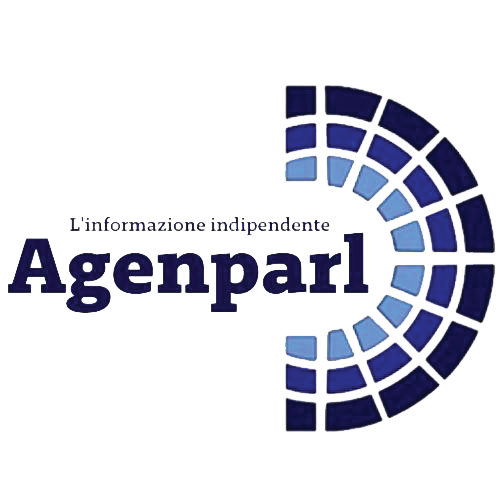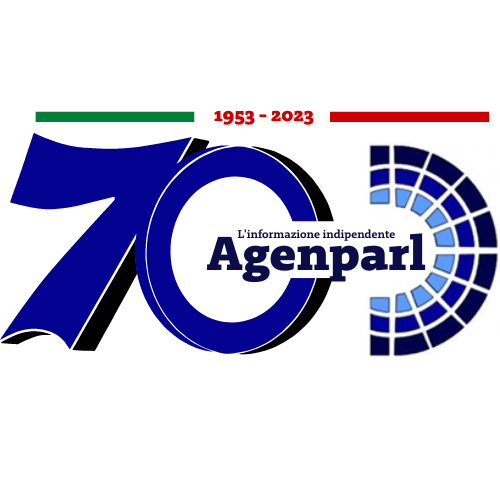 (AGENPARL) - Roma, 10 Giugno 2025
(AGENPARL) - Roma, 10 Giugno 2025(AGENPARL) – Tue 10 June 2025 Screenshot (124).png
Machine-translated versions are also available in all EU languages on the EFSA website
Re-assessment of the risks to public health related to the genotoxicity of styrene present in plastic food contact materials
Background to the scientific opinion
· Styrene is a chemical used in the production of plastic materials and items. In the EU, it is authorised for use in food packaging that is in direct contact with food.
· In 2018, the International Agency for Research on Cancer (IARC) classified styrene as ’probably carcinogenic to humans’. This prompted a request by the European Commission (EC) for EFSA to re-evaluate the genotoxicity of styrene.
· In 2020, EFSA published an opinion (EFSA CEP Panel, 2020) stating that there were uncertainties related to the potential genotoxicity of styrene after oral exposure. The opinion highlighted that additional data were needed to confirm the safety of styrene used in food packaging materials.
· The EC is preparing a measure to set a specific migration limit (SML) of 40 parts per billion (ppb) in foods, which is equivalent to 40 micrograms (µg) of styrene per kilogram (kg) of food. Therefore, it is necessary to assess whether the use of styrene would be safe in food packaging materials if an SML of 40 ppb were set.
What was EFSA asked to do?
· In 2023, the EC requested EFSA to re-evaluate the genotoxicity of styrene after oral exposure.
· EFSA was also asked to assess the safety of styrene for use in food packaging materials up to an SML of 40 ppb (40 µg of styrene per kg of food).
How did EFSA carry out this work (and what data were used)?
· EFSA evaluated in vivo genotoxicity studies, toxicokinetic studies and human exposure data.
· The data used were:
·
data provided by the US Styrenic Information and Research Center (SIRC);
·
studies identified from a literature search for the period January 2018 to October 2024;
·
studies reported in the 2019 IARC Monograph.
· EFSA evaluated the reliability of the in vivo genotoxicity studies in rodents and the relevance of the results.
· EFSA also reviewed studies assessing the absorption, distribution, metabolism and excretion of styrene (toxicokinetic studies) and the human exposure to styrene.
· EFSA used a weight of evidence approach to assess the data.
What were the limitations/uncertainties?
· The uncertainties relating to the 2020 opinion consisted of the need for data from a comprehensive evaluation of the reliability and relevance of all available experimental and human findings on styrene genotoxicity, with consideration of toxicokinetic aspects.
· EFSA addressed these uncertainties in the current opinion by considering the weight of evidence, integrating data from all available studies and using the data from toxicokinetic studies to determine the differences between humans and rodents.
· There were no other relevant uncertainties identified in the current opinion.
What were the outcomes and their implications?
· EFSA found no scientific evidence of genotoxicity for styrene in vivo following oral exposure in rodents.
· The toxicokinetic data indicated that humans are less sensitive to styrene toxicity than rodents.
· EFSA guidance (EFSA CEF Panel, 2021) states that for substances demonstrated to be non-genotoxic, an SML of up to 50 µg/kg food would not be a safety concern. EFSA was asked to evaluate 40 µg styrene per kg food (i.e., a lower amount of substance per kg than stated in the EFSA guidance). Therefore, the use of styrene in the manufacture of food packaging materials with an SML of 40 µg styrene per kg food is not considered a safety concern.
Glossary
Genotoxicity: the ability of a physical or chemical agent to cause DNA or chromosomal damage.
In vivo: in life; in a living organism.
Migration limit: the maximum permitted amount of a substance expressed in mg of substance per kg of food (mg/kg) that can migrate from a food contact material (FCM) into food so as not to pose a health risk. Manufacturers need to ensure that FCMs will respect the SML when brought into contact with food, even under the worst foreseeable contact conditions.
Toxicokinetics: the study of how a potentially hazardous substance is absorbed, distributed, metabolised and excreted, and the relationship between the exposure of the body to a substance and its toxicity.
Weight of evidence approach: a process in which all the evidence relating to a decision is evaluated based on its strength and quality.
References
Links:
————————————————————
Should you wash fruit even if you don’t eat the peel? Would you dare eat cricket-based hamburgers? Do you trust the food you eat?
Keen to find out more about the science behind safe food? Then welcome to ‘Science on the menu’, a podcast produced by the European Food Safety Authority, EFSA. We are a European agency located in Parma, Italy, that assesses and communicates on food risks. Each episode will tell you more about the work done to ensure that food across the European Union is safe. Come join us at our table for Science on the menu.
For inquiries please contact:
EFSA Press
+39 0521 036 149
______________________
European Food Safety Authority, Via Carlo Magno 1/a, Parma, . 43126 Italy
